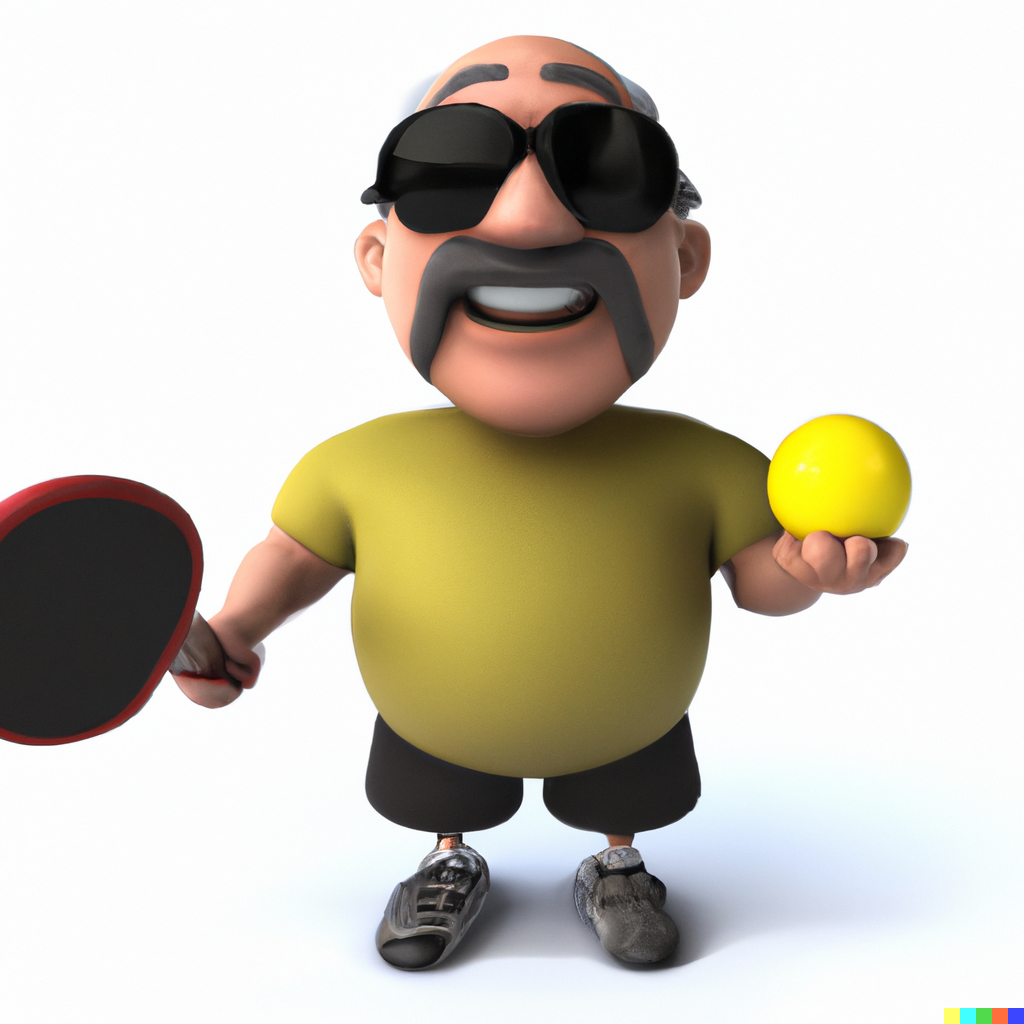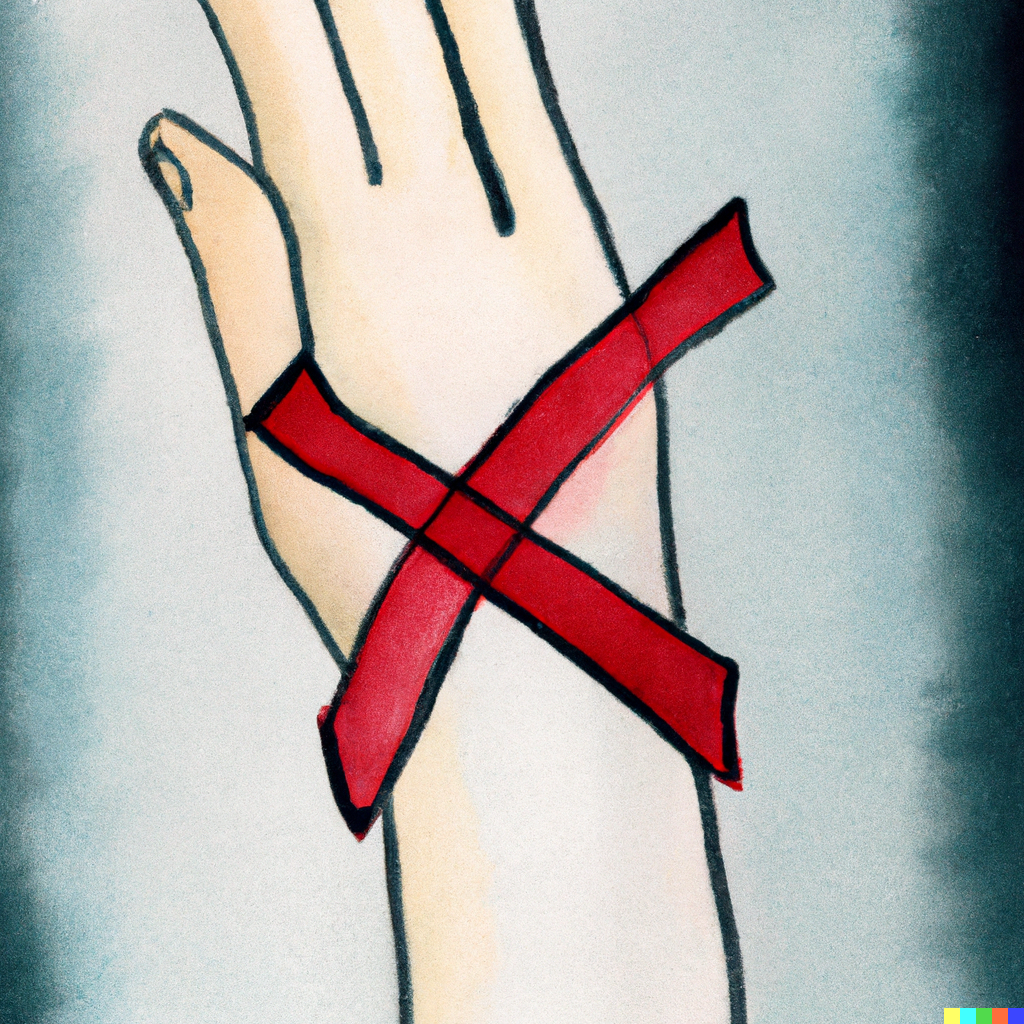The third shot drop is an important shot to learn to master the game of pickleball. If you’ve been playing pickleball for a while, you’ve probably had more frustrated pickleball conversations about the vexing third drop shot than anything else. If you want to become a top player in your area or start competing in tournaments, you must make the third shot drop a strong component of your toolkit. It doesn’t have to be perfect, but it must function.
But, before you can perfect the third shot, you need to know what it is.
The third shot drop is a shot taken at or near the baseline that drops softly in the opponent’s kitchen. The shot is mostly intended to get your team to the net.
Being able to master the third shot drop will level out your chances of winning the rally. Both the serve and the return serve are ordinary. They are traditional, simple, and, to be quite honest, a touch dull. Players focus on maintaining play and adhering to the double bounce rule throughout the first two hits. But when the third shot is fired, everything is different.
Steps to Master the Third Shot Drop in a Game of Pickleball
If you want to be competitive in pickleball, you must be capable of consistently completing a 3rd shot drop. Or, you must be able to reset shots to move from defense to neutral and finally to an offensive state.
Step 1: 2 & 1 Drill
The third shot drop resembles a dink shot quite a bit. Similar methods and methods of execution are used. Start with fundamental lift dinks to hone the third shot drop. Each time, you want to lift your dink shot just enough for it to land gently within your opponent’s kitchen. The 2 & 1 Drill gets its name from the fact that for every two dink shots, you should take one step back toward the baseline.
This drill trains you that as you come closer to the net, you must change your follow-through and backswing. This will ensure that the ball has enough strength to cross the net height.
- Your aim is to land the ball carefully within the kitchen.
- Maintain your stability and balance as you take every shot.
- Make contact with the ball while it is out in front of your body.
- Lift the ball with your legs rather than with your arm and shoulder.
A strong third shot drop forces your opponent to attack from underneath the net. Practice your forehand and backhand. Next, when you’ve reached the baseline, just reset and go again. If you skip the kitchen or make a bad shot, you can pick up where you left off or reset and start over.
Step 2: Dominating the Drop Shot
Because perfecting a shot requires a lot of practice. Begin roughly a foot behind the baseline rather than at the NVZ line. Allow your partner to stand on the opposite side of the kitchen line and feed you balls.
Your objective is to stay as far back as possible while hitting successful drop shots barely past the net and into the kitchen. Remember that you will occasionally hit terrible shots that will either strike the net or go beyond the kitchen.
However, try your hardest to land a proper drop shot. Even if it means aiming higher over the internet to get there. A shot that is higher over the net is preferable to one that is too low.
Practice with your forehand and backhand as much as possible. Don’t be hesitant to move around and get into a good position before each hit.
Step 3: Serve and Drop the Shot
It’s now time to get practice as near to a game as possible. In this drill, you will serve the ball and have your partner return it as they would normally. Then, much like in the game, you’ll try a third shot drop. This will help in understanding how to hit great third shot drops.
You can stop after the third shot drop following this sequence. You might also play the point out. Playing the point out will teach you when and when not to transfer. For example, if your third shot drop goes high, you may want to back up. As a result, your opponent does not have an easy shot back at your feet while you are attempting to advance.
However, if your third shot drop is successful, proceed to the middle of the court or the NVZ line. Practice this series of steps for a few minutes per practice, and you’ll be a 3rd shot drop master in no time!
How to perfect the third shot drop in a pickleball match? – Tips & Tricks
Avoid Using Much of Your Wrist
You will lose control and precision if you use your wrist too often. Keeping your wrist stable provides you the best chance of hitting the ball in the center of the paddle with the proper amount of power. However, this does not imply that your wrist should be clenched! To give yourself a better feel and touch, maintain your grip at a 2 or 3 (out of 10) on the tension scale.
Footwork is the Key
Your footwork is also an important part of hitting solid third-shot drops in a pickleball game. Drops are an accuracy-based shot. Hence, if you’re off-balance when you hit them, you’ll likely miss or pop the ball up for your opponents to take an aggressive shot. Ideal footwork can assist you in keeping your paddle in the proper position. Importantly, it allows you to hit the ball in such a way that your opponent does not return it for a putaway.
To hit any shot, hold your paddle out in front of your body. When players are unable to do so, it is often due to poor footwork. Simply adjust your weight as you swing your pickleball paddle through the ball. If you find yourself sliding back to hit the third shot, it’s a solid sign that your footwork isn’t up to par.
The Perfect Swing Path
The third shot drop involves creating an arc to your pickleball ball. Further, dropping it into the kitchen area. This implies that your swing path should move from low to high. If you have a level swing, you won’t acquire enough height. So, the third shot drive will be ineffective. It’s also advisable to avoid using a loop or a long backswing. Why? Because they lead you to lose command and feel for your ball.
Use a quick backswing and bring your paddle back exactly behind the ball. This will help to hit the ball more accurately and with the middle of your paddle. Then, as you make impact with the ball, extend your paddle up. Consider it in the same way you would a basketball shot. A good shot in basketball requires adequate arc on the ball to cross over and into the hoop.
Understanding the Difference Between the Slice Drop shots and the Topspin Drop shots
The purpose of the slice drop is to lead with the bottom edge of the paddle so that the ball spins back toward you. Whereas, on the top spin drop, you brush up against the ball. Consequently, this forces the ball to spin away from you. Both these types of drops are effective. In fact, learning the slice drop is often easier.
When doing the slice drop, make sure you’re not chopping at the ball. We’re not going for a lot of spin, and chopping will cost us a lot of accuracy. We simply want to advance with the bottom edge, which automatically gives the ball some underspin. Having additional spin isn’t going to help much. The goal is consistency, which is made easier by correctly leading the paddle through the ball.
Without a doubt, the third shot is crucial. If you want to play at a high level or be acknowledged as a great player in your area, your third shot must be flawless. To master the third shot drop, follow the suggestions and steps outlined above.

































